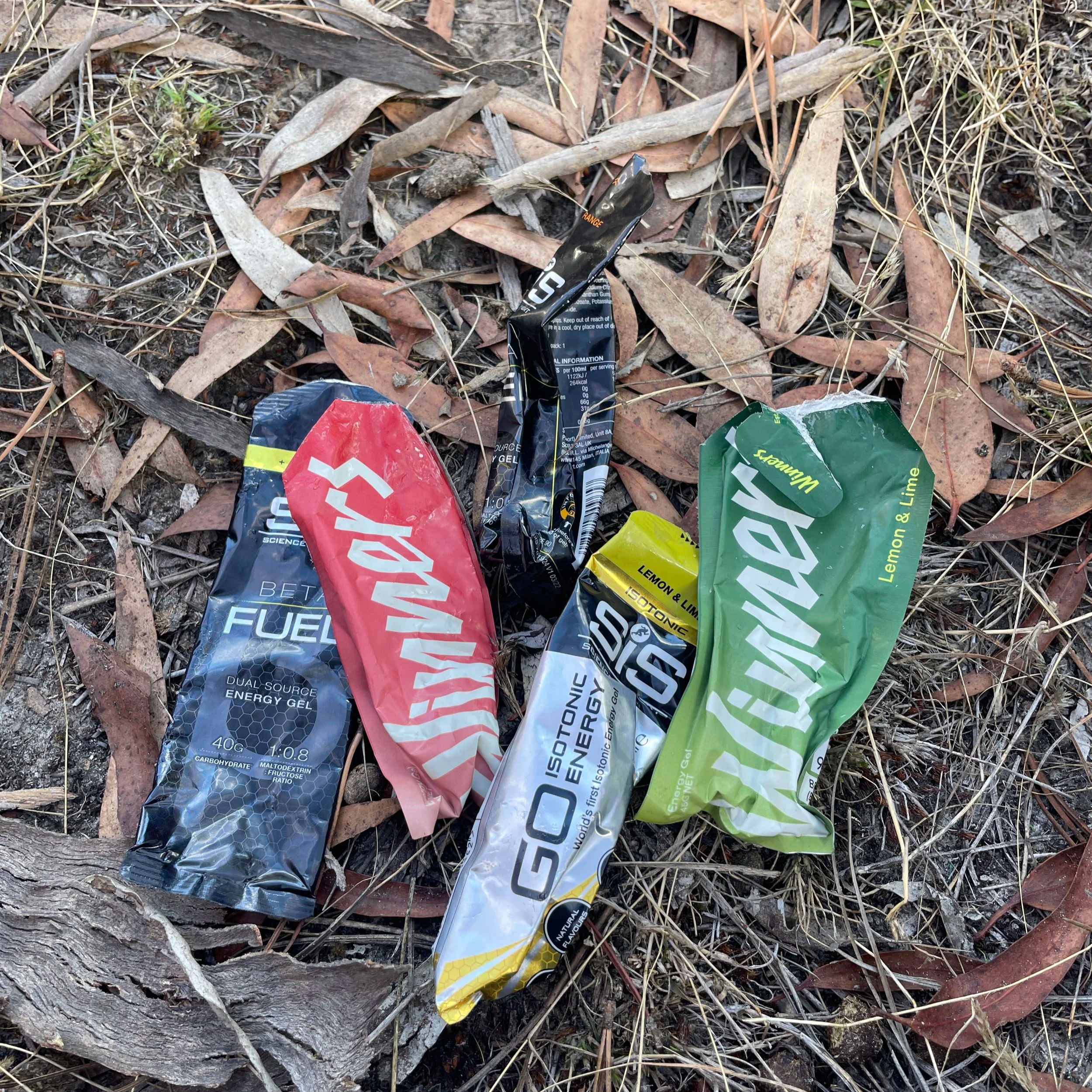Bone Health in Cyclists
Cyclists tend to have lower bone density than the general population, and the higher the level of cycling, the worse our bone density is likely to be. Considering the high risk of crashing or falling off our bikes, especially for those of us who race, this is not an ideal situation!
WHY DO CYCLIST TEND TO HAVE POOR BONE HEALTH?
Cycling is essentially a non-weight bearing, repetitive, single plane sport. This form of exercise does not put sufficient load on our bones needed to stimulate bone growth. Besides a lack of mechanical loading, other factors that are detrimental to bone health include a tendency for low body weight, low energy availability (under-fuelling combined with a high volume/high energy expenditure sport), and loss of calcium through sweat. Cyclists may also be reluctant to include heavy resistance training in their program due to the belief that they will put on bulk and body weight, or have muscle soreness and fatigue. These risk factors apply to both males and females.
Special considerations between men and women
Age related bone loss begins around our 30’s resulting in a gradual decline of bone mineral density. However, this process is accelerated in females during and up to 10 years post-menopause due to oestrogen deficiency.
In healthy normal women, oestrogen decline related to the onset of menopause is the major cause of accelerated bone turn-over and the consequent decrease in bone density, leading to decreased bone strength. Low levels of oestrogen significantly increases bone resorption over formation due to the loss of restraint and control oestrogen has over mediators of bone resorption, resulting in accelerated bone loss. The loss of oestrogen also contributes to lower muscle mass and strength in menopausal women.
Since a decline in Oestrogen plays a large part in menopausal bone loss, hormone replacement therapy (HRT) is an effective treatment option supported by an increasing amount of research. It normalises bone turnover and helps to prevent further bone loss, and can be started during peri-menopause.
Many studies have shown that male cyclists have lower bone mineral density than men of the same age. Whilst males do not experience the same rapid and significant decline in oestrogen as women do, they do experience a decline in sex hormones as they age, which will effect their bone mass in later life.
WHAT CAN CYCLISTS DO FOR THEIR BONE HEALTH?
1) Get a DEXA scan
There is no way to know what your bone density is unless you get a DEXA scan. Unfortunately, many cyclists may only suspect their bone density is sub-optimal after experiencing multiple fractures from falls, or fractures from relatively low speed or impact.
T-scores are used to report test results and is your bone density compared to what is normally expected in a healthy young adult of your sex. A score of -1 and above indicates normal bone density, between -1 and -2.5 is a sign of osteopenia (low bone mass), and -2.5 and below indicates the presence of osteoporosis.
2) Strength training
When muscle contract, they pull on the bones they are connected to, providing the stimulus for bone remodelling, a process where old bone tissue is broken down and replaced by new bone tissue. The load or force needs to be sufficient enough to stimulate these changes, which is why heavy resistance training is required to improve bone health. Muscle mass can also provide protection for our bones on impact if you happen to be involved in a crash. It will also improve your cycling performance!
3) Plyometrics
Plyometric training is characterised by high-intensity, explosive movements with high acceleration and deceleration. It stimulates bone remodelling and the formation of new bone tissue through the high force of muscle contractions, as well as impact forces they generate, hence leading to increased bone density and strength.
Plyometric training should only be introduced once baseline level of strength is achieved and your muscles, tendons and joints have been conditioned to cope with the high and rapid loading. The amount of time taken to achieve this will depend on the individual. Examples of plyometric exercises are box jumps, skipping, jump squats, depth jumps, and jumping lunges.
4) Adequate fuelling
Many endurance athletes have difficulty matching their dietary energy intakes to their exercise energy expenditure, which inevitably results in low energy availability. Often this under-fuelling is unintentional due to lack of awareness, knowledge or time, rather than involving any type of disordered eating or desire to lose weight. Sufficient energy availability, particularly carbohydrate intake, is required for normal bone metabolism, both for supporting bone formation and limiting bone resorption.
Additionally, in women, chronic low energy availability can lead to suppression of the menstrual cycle and production of oestrogen. Low oestrogen significantly speeds up bone loss due to it’s role in slowing the natural breakdown of bone.
5) Calcium
Calcium plays an integral role in many bodily functions, including muscle contraction and brain function, as well as being a major bone forming mineral. About 1% of the calcium in our bodies is used to support these functions, with the remaining 99% being stored in our bones (and teeth).
During prolonged hard exercise, a rider can lose hundreds of milligrams of calcium an hour through sweat. Our bodies will defend this loss of calcium in our blood by drawing it from our bones. Also, if we do not get enough calcium in our diet, our body will take the calcium it needs from our bones. This can lead to calcium deficiency and hence poor bone health.
6) Vitamin D
Vitamin D is essential to absorb the calcium we get from food and enable normal bone mineralisation. It also has a role in muscle function, immune function and reduction of inflammation. For the majority of the population the main source of vitamin D is synthesis following exposure of the skin to UVB radiation. Limited sun exposure is needed to maintain adequate levels of vitamin D, but this exposure should be balanced with skin protection and the risk of skin cancer.
Exposure times are based on the season, location, skin type and the amount of skin exposed. Those who train early in the morning, spend most the day in an office, or use sunscreen at all times may not be getting enough exposure, and may need to consider supplementation, especially during the winter months.
Vitamin D levels will change throughout the year. Levels of at least 50nmol/L is considered adequate, although 75nmol/L or more is optimal. Levels below 25nmol/L is associated with Vitamin D deficiency.
7) Protein intake
Cyclists need to consume sufficient protein to support the increased rate of bone turnover caused by training. Protein also increases the production of a number of hormones and growth factors, such as IGF-1, which are involved in the formation of bone. Higher protein intakes also support the development of muscle mass and function; the associated increases in muscular force would act upon the bone to enhance bone mass and strength.
Furthermore, a high protein diet increases calcium absorption in the gut and suppresses parathyroid hormone (which releases calcium into your bloodstream), both of which promote bone formation over resorption.
The recommended dietary intake of protein for athletes is in the vicinity of 1.5 - 2.0g per kg of body weight per day. For menopausal athletes, some authors have recommended as much as 1.8 - 2.4g/kg depending on the type of activity and training undertaken that day.





